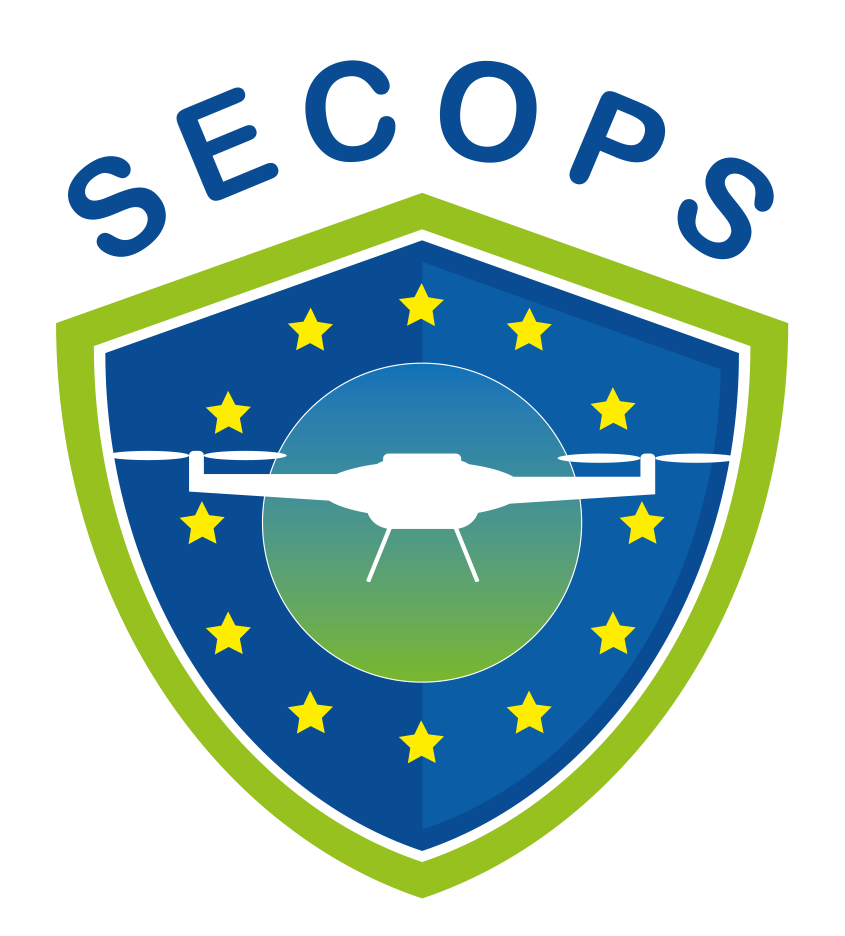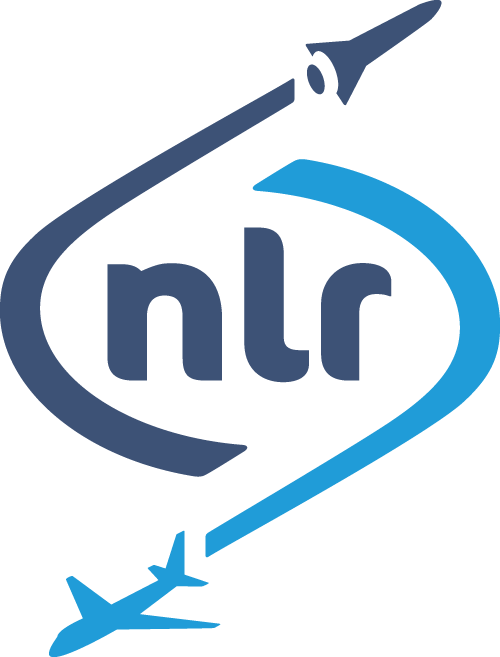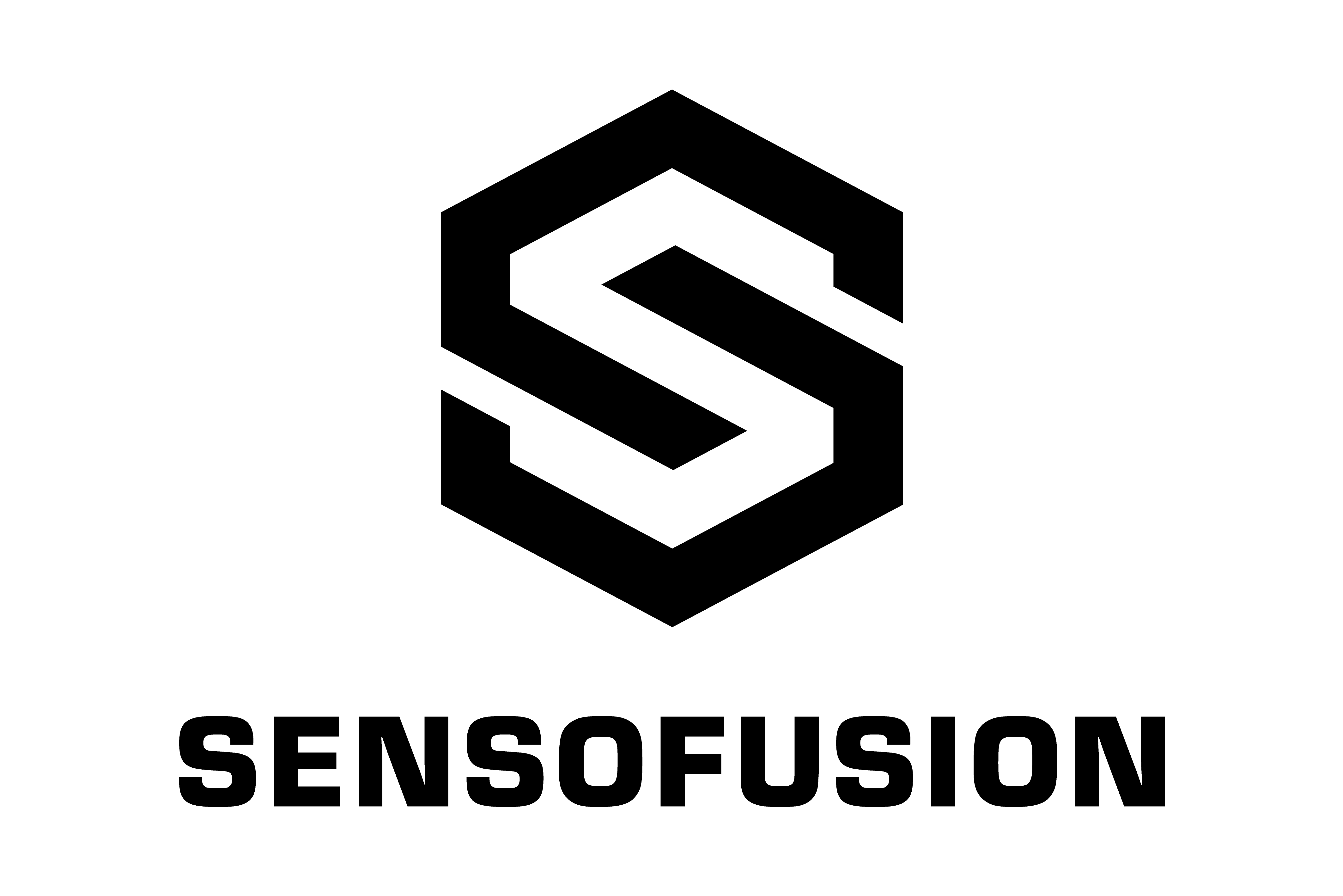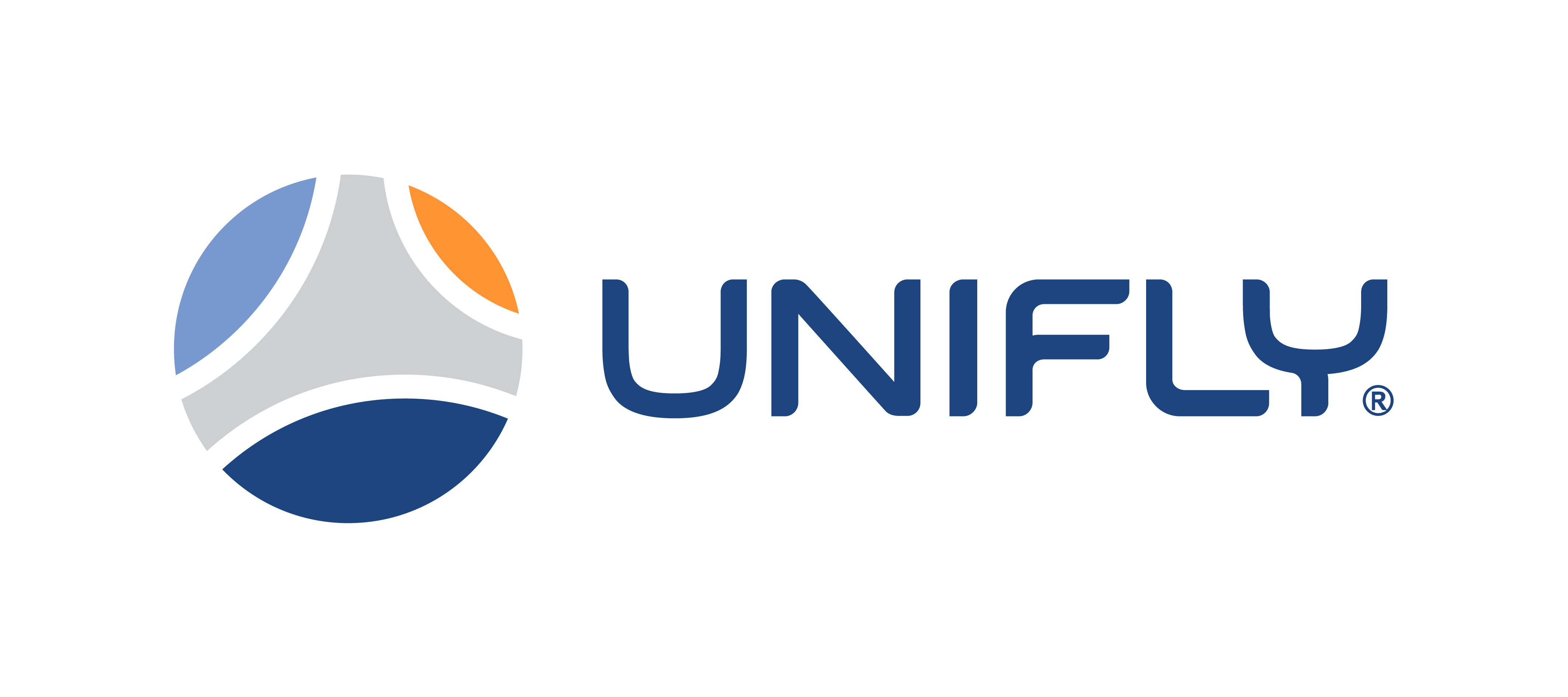In short

|
|
|---|---|
|
PROJECT ID
|
SECOPS |
|
PROJECT DURATION
|
2017-10-01 > 2019-09-30 |
|
PROJECT TYPE
|
Exploratory research |
|
TOTAL COST
|
EUR 909 293,75 |
|
EU CONTR.
|
EUR 909 293,75 |
|
STATUS
|
R&D completed |
Security is key to safe operations in very low-level airspace
Given the highly automated nature of drone operations, cyber security is particularly important and security risks in U-space need to be assessed and mitigated to an acceptable level. Secure drone operations need to be supported by a combination of different security functions at different levels in the drone end-to-end system, managed by a dedicated set of procedures and supported by clear regulations. By establishing an integrated security concept, drones can operate in accordance with appropriate procedures and regulations, while any drones that divert from their flight plan can be detected and acted upon.
To this end, SECOPS defined an integrated security concept for drone operations, including addressing resistance of drones against unlawful interference, protection of third parties and integration of geo- fencing technology. The research reviewed technological options for both airborne and ground elements, considered legal, as well regulatory and social aspects.
A preliminary cyber security risk assessment was performed to determine the risks concerning confidentiality, integrity and availability (CIA) of the U-space information flows. By assessing and prioritising potential security risks, the SECOPS Integrated Security Concept defines requirements and proposes potential security controls. An experimental proof of concept integrating common-off- the-shelf technologies of the consortium partners was executed in order to prove the feasibility of parts of the integrated security concept and co-operability of the more mature technical solutions, including detection of rogue drones and air defence solutions.
Among critical issues, SECOPS found the trustworthiness of drone track and position information to be important. A key priority is knowing where data comes from and assuring data integrity of global positioning and geofence information for example, as are the timeliness of reactions to events to ensure law enforcement is informed.
Challenge
The use of drones is growing rapidly as is the drone technology itself. Because of this, drones become cheaper and more affordable by the general public. This increases the concerns about privacy and illegal and dangerous use of drones. Security, besides safety, is essential for public acceptance of drone flights.
In order to facilitate safe and efficient growth of drone flights, a drone traffic management system is required that incorporates various security and safety functions. Examples include issuing alerts when drones fly through areas that they have not been authorised to fly through, when wind or weather leads to increased risk, when drones fly too close to other air traffic and so forth. By (dynamically) defining geographic areas where drone traffic will be restricted, called geo-fencing, externality costs such as accident risk and noise pollution could be minimised.
The drone traffic management solution for Europe is called U-space. Security needs to be an integral part of U-space and requires an integrated security concept that includes technological options for both airborne and ground elements, taking into account legal, regulatory and social aspects.
Objectives
The main objective of SECOPS is to define such an integrated security concept for drone operations that ensures that security risks in U-space are mitigated to an acceptable level, in particular:
- Drones do not divert from their intended mission, due to unexpected interference.
- Drones cannot deliberately be misused for illegal or dangerous activities.
- Detect and act when drones are misused (by the pilot or an external party).
Activities and deliverables
The core activities include an analysis of the drone Very Low Level operational environment in order to find ways of reducing the risk of unexpected interference. Multiple drone categories will be taken into account since the technical maturity of the system influences the risk of unlawful interference. The technological options will consider navigation, surveillance, communication between air and ground, in-flight updates, network requirements, service provision options, interface with SWIM, etc. Furthermore SECOPS will develop a set of escalation procedures in case of unexpected drone activity such as issuing alerts when drones fly through areas that they have not been authorised to fly through. In the integrated security concept, geo-fencing is seen as a particularly promising technique to allow or deny any action of a drone, depending on its position. Successful deployment of such systems will increase safety and prevent unlawful activity by drone operators.
The project will include a proof of concept of the integrated security concept, integrating COTS technology of the consortium partners. A demonstration of the integrated security concept, based on a realistic scenario is performed at the Netherlands RPAS Test Centre (NRTC).
Partners
The comprehensive experience of the SECOPS partners working on drone security and geo-fencing in various Research & Technology projects and initiatives and joint national and European collaboration on multiple aerospace programs of OEMs motivate their common application:
| NLR is the Netherlands Aerospace Centre for identifying, developing and applying advanced technological knowledge in the area of aerospace. NLR’s mission is to increase the sustainability, safety and efficiency of transport. NLR is specialised in RPAS research, testing, applications and training and operates the Netherlands RPAS Test Centre (NRTC). | |
| Sensofusion is a Finland-based technology company that develops and sells the Airfence UAV detection and prevention system. Airfence is a device that detects, identifies, tracks UAV's in real-time automatically. Sensofusion’s Airfence device will play a role in SECOPS and their knowledge in detection and prevention systems. | |
| Unifly is the leading provider of UAS Traffic Management (UTM) software in Europe. Not only active in research projects, Unifly’s platform is a deployed product that is currently in use by prominent European air navigation service providers. | |
| Delft Dynamics has a lot of knowledge and more than 12 years of experience in developing and building robot helicopter systems (drones) to provide innovative security solutions for government and other organizations. Delft Dynamics also developed the counter drone system DroneCatcher. |
This project has received funding from the SESAR Joint Undertaking under the European Union's Horizon 2020 research and innovation programme under grant agreement No 763599





